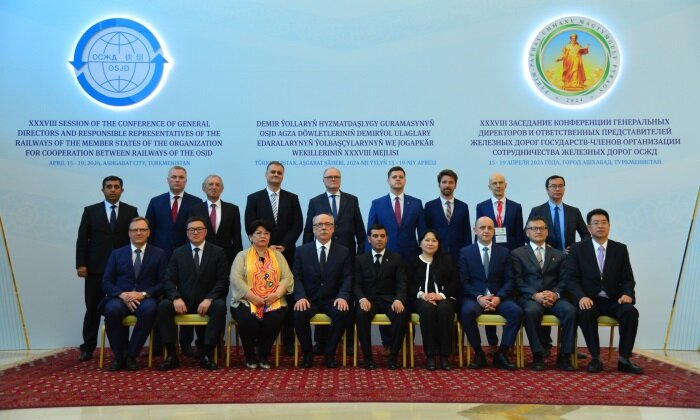The expert believes that the sky and borders of Kyrgyzstan will be protected reliably.
 In late February, President of Kyrgyzstan Sadyr Japarov visited Russia and reached an agreement over the delivery of military equipment to the Republic. This is the unmanned aerial vehicles and S-300 missile systems. Certainly, this fact hit the headlines in many media reports.
In late February, President of Kyrgyzstan Sadyr Japarov visited Russia and reached an agreement over the delivery of military equipment to the Republic. This is the unmanned aerial vehicles and S-300 missile systems. Certainly, this fact hit the headlines in many media reports.
Most of the media highlighted the continuation of positive relationships between Moscow and Bishkek. The delivery of military equipment could illustrate Russia’s readiness to work with the new leader of Kyrgyzstan, who came to power in the October 2020 revolution.
Not all countries and international organisations are pleased with strengthening ties between Moscow and Bishkek, as illustrated by such publications as “Russia is trying to establish contact with the new leader of the Republic by supplying obsolete weapons”. A Kyrgyz political scientist Mederbek Korganbaev commented to CentralAsia.news on the upcoming delivery of the S-300 and unmanned aerial vehicles.
A synonym for trust and security
The delivery of strategic weapons, such as the S-300 should be viewed in the context of military necessity and collective security, the interlocutor says with confidence.
“Earlier, Russia used to supply Kyrgyzstan free of charge with small arms, armoured personnel carriers and helicopters. Today, our country receives the powerful missile systems, the cost of which exceeds US$ 200 million per division (12 mobile units). This stands as evidence of a high level of Moscow’s trust in Bishkek as well as a clear testimony that Russia intends to strengthen collective security,” the expert shares his opinion.
Korganbaev stated that the Kremlin was increasing the defensive capabilities of its ally and spending the huge amounts on this step. The aforementioned S-300 systems are on alert in Tajikistan ensuring safety and security of the Russian military base and protecting the airspace of the neighbouring country.
Korganbaev assumes that the S-300 and attack drones delivered to Kyrgyzstan will be deployed at a military airfield in Kant. In fact, Russia undertakes to maintain the systems and drones, provide security for military equipment and train military specialists in the partner Republic.
“Let’s say the Kremlin is hitting two targets: it will shield its base in Kant and take up combat alert to protect the air borders of official Bishkek. This meets the interests of both Russia and Kyrgyzstan. Attack drones are in high demand today; they have done their job remarkably in armed conflicts in Syria and Nagorno-Karabakh,” the expert said.
The political scientist has no doubt that if terrorists penetrate into the countries of Central Asia, combat drones will kill them in mountains, forests and settlements with the surgical precision without involving large military forces.
Non-aging technology
Korganbaev also drew attention to the statements of some experts on the moral and technical obsolescence of the S-300 systems. The political scientist noted that these systems were standing guard over security of more than 15 states, including Belarus and Kazakhstan.
“These systems undergo modernisation and improvement to build up combat capabilities. You need to understand that Kyrgyzstan will receive combat-ready equipment, because we are talking about shielding the Kant airbase and the sky of Kyrgyzstan. In late 2016, Iran paid Russia US$ 1 billion for the S-300. The S-300 shouldn’t be underestimated. Let’s not be quick to judge. I think that Kyrgyzstan will receive the S-400 in the future after it has learned how to operate and use the S-300,” the expert said in conclusion.
The editorial staff should note that the electronic ‘stuffing’ of the S-400 is of great interest to US military specialists. Washington tried to acquire the S-400 through Turkey to ‘dig and hack’ it. Many experts have no doubts that the systems, which put a scare into the United States, will be too hard for them to chew.






